Bavaria combines medieval castles, baroque churches and natural areas. The region features palaces in forests, old monasteries near rivers and mountain lakes in the Alps. The cities maintain their medieval architecture while the landscape includes mountains, lakes and historical hiking trails.
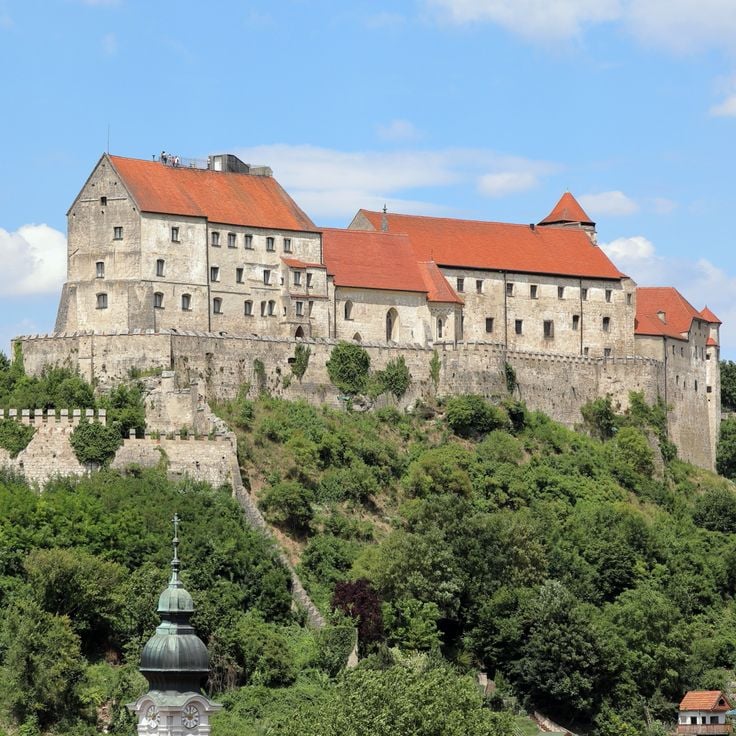
Burghausen, Germany
This fortress extends 1043 meters along a mountain ridge by the Salzach River and contains six courtyards.

Donau, Germany
A neoclassical temple featuring 348 plaques and 128 busts of German personalities, constructed between 1830 and 1842.
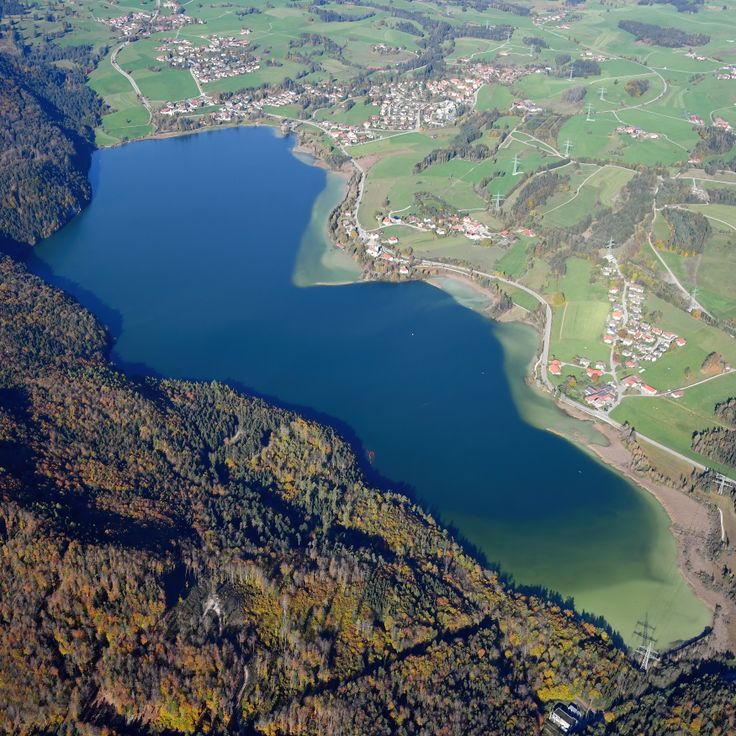
Füssen, Germany
The highest lake in Bavaria at 932 meters with an area of 135 hectares and a depth of 19 meters.
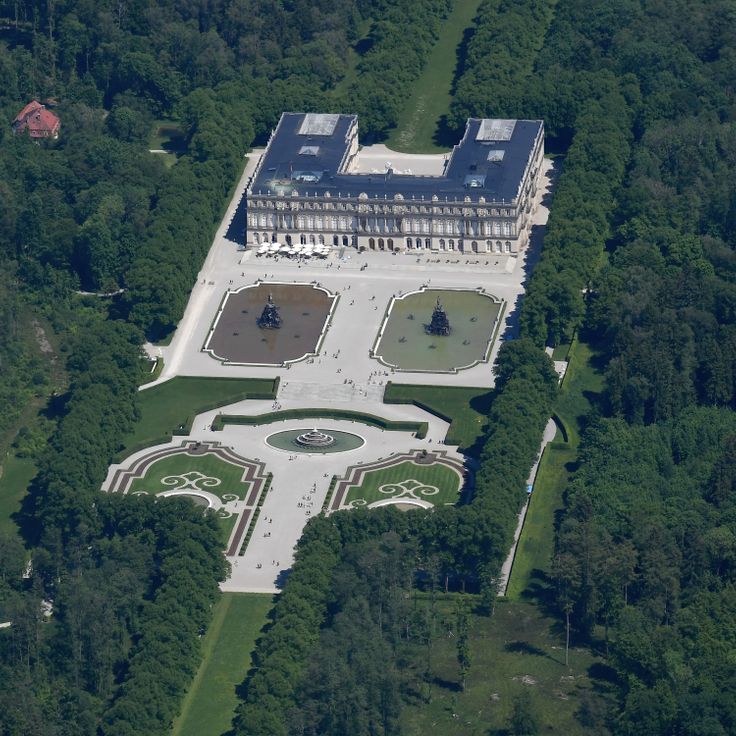
Chiemsee, Germany
A palace with 70 rooms on Herreninsel, built from 1878 to 1886 by King Ludwig II of Bavaria.

Steingaden, Germany
This 18th century church features Rococo frescoes and stucco work, surrounded by Bavarian countryside.
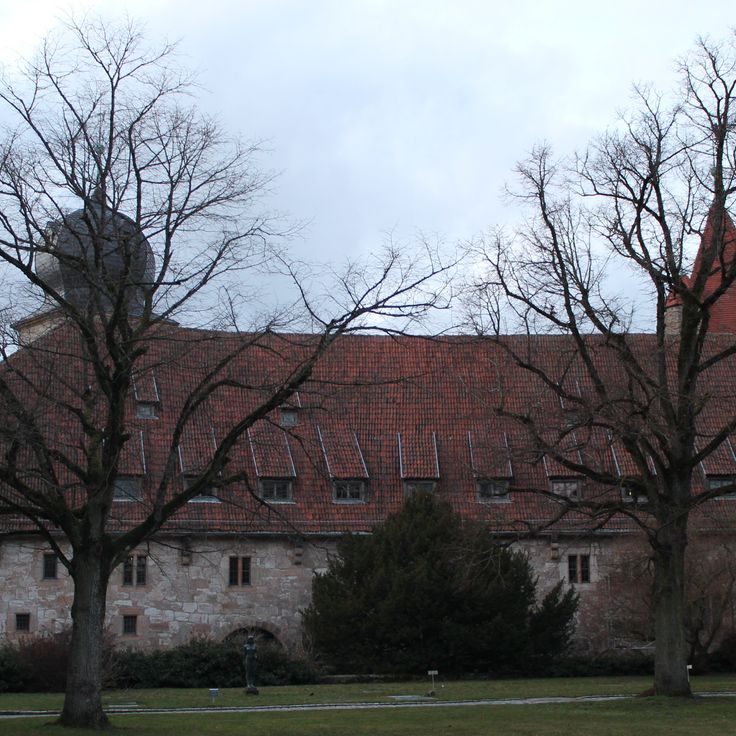
Coburg, Germany
This medieval castle contains an art collection and historical weapons. Martin Luther spent six months here in 1530.
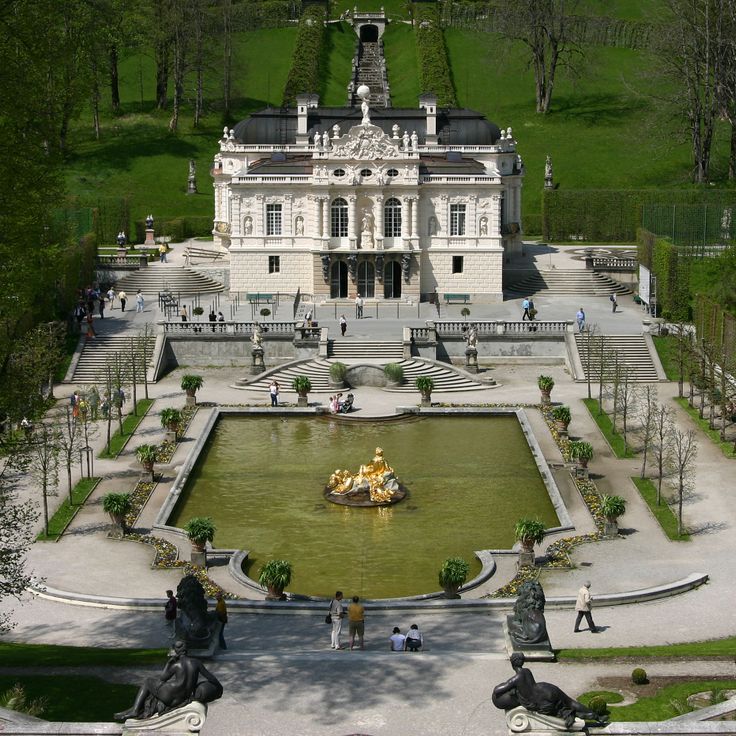
Ettal, Germany
This palace was built between 1874 and 1878 and displays French Baroque architecture with formal gardens.
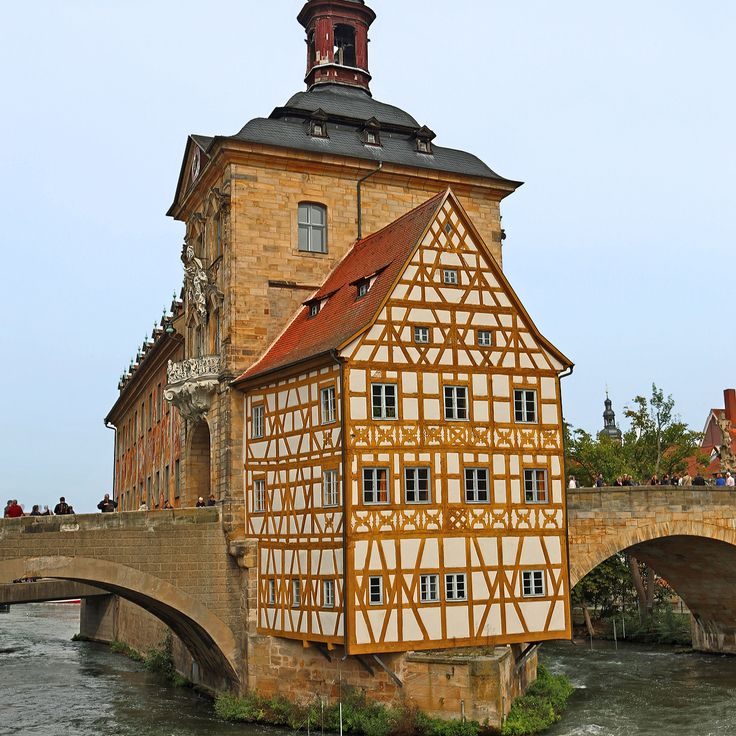
Bamberg, Germany
The historic center contains Romanesque and Gothic churches, medieval buildings, and the old town hall on the bridge.

Regensburg, Germany
The city center contains buildings from the medieval period and a stone bridge from the 12th century that crosses the Danube River.
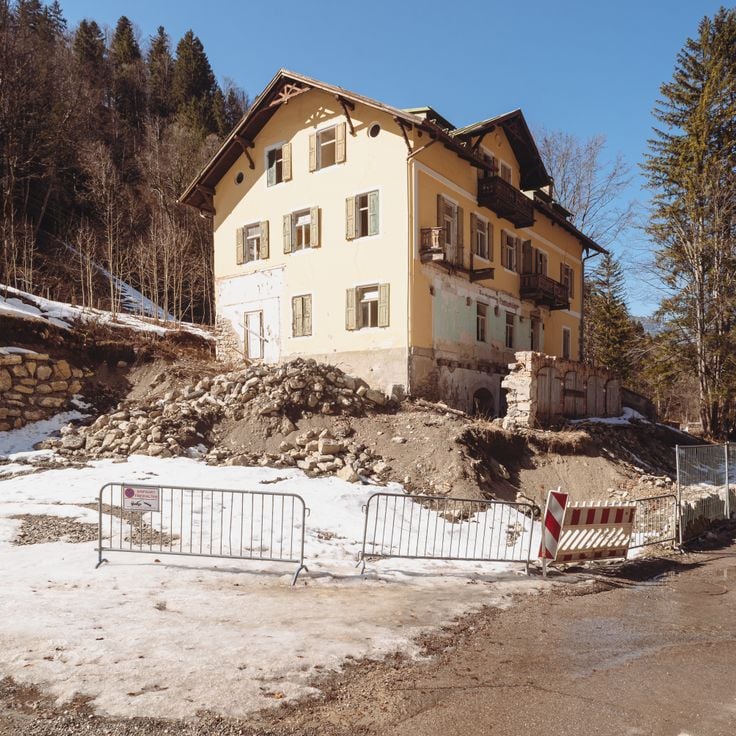
Garmisch-Partenkirchen, Germany
The 700-meter canal runs between limestone walls with waterfalls and a walking path along the Partnach River.
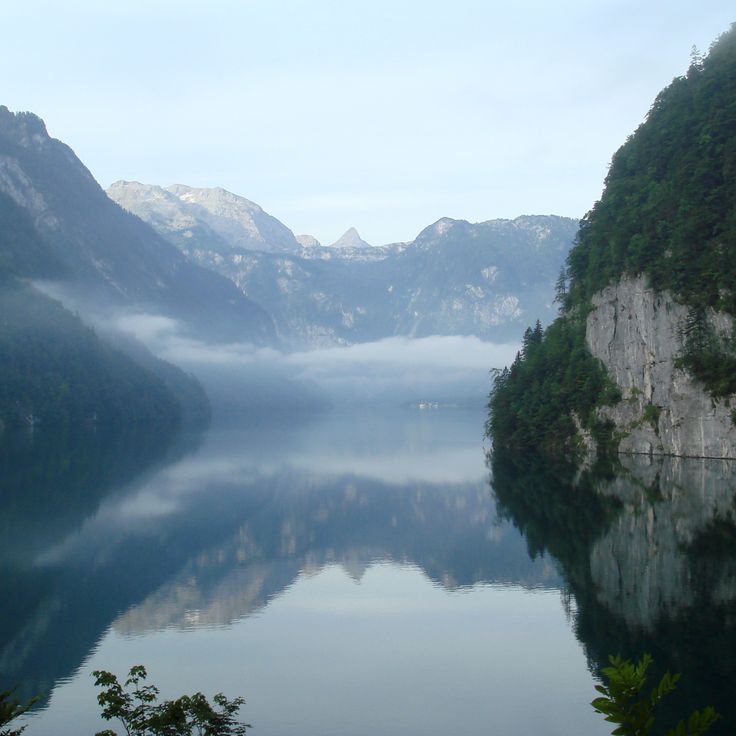
Schönau am Königssee, Germany
The lake extends 8 kilometers in the Berchtesgaden region between mountain walls with Saint Bartholomew's Church on its shore.
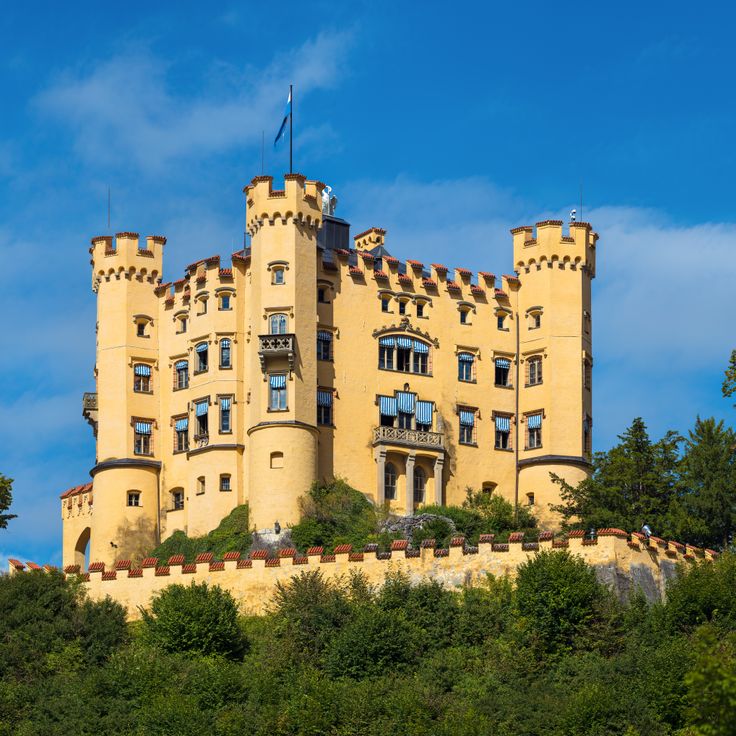
Schwangau, Germany
A 19th century castle on a hill above Alpsee lake contains wall paintings that show German history and myths.

Oberammergau, Germany
This village performs the Passion Play every ten years since 1634. The house facades display traditional religious and fairy tale murals.
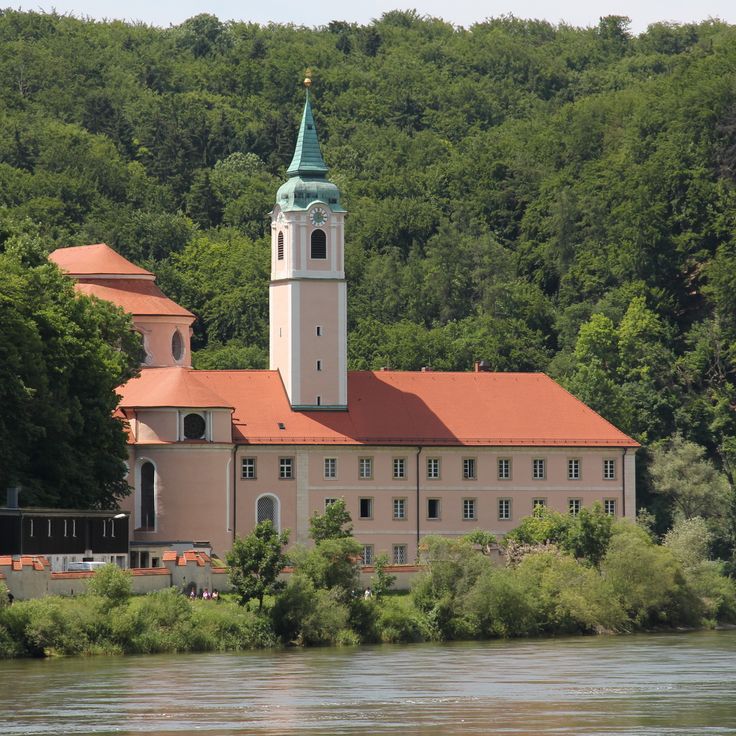
Kelheim, Germany
Benedictine abbey founded in 620 featuring a Baroque church. The monastery operates a brewery established in 1050, recognized as the first monastic brewery.
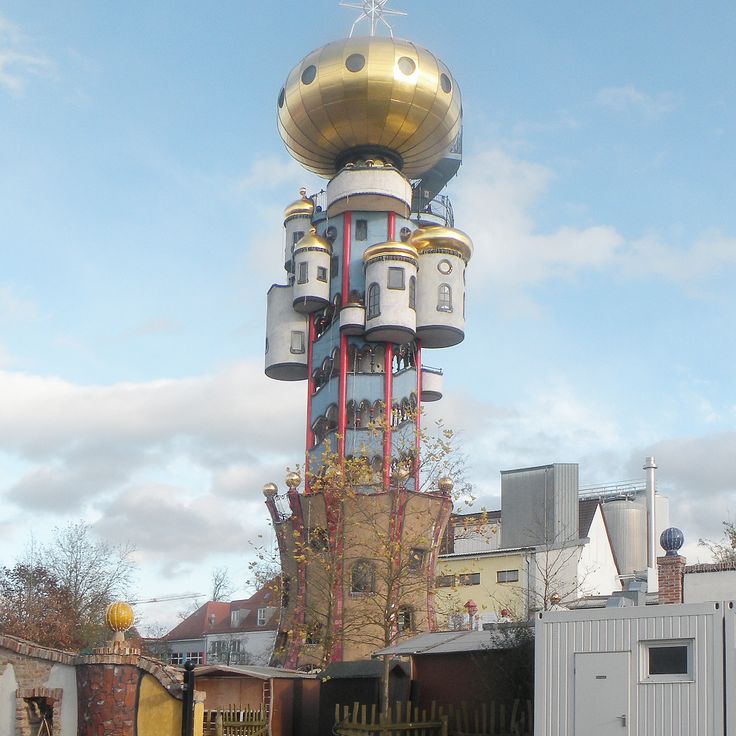
Abensberg, Germany
A 34-meter tower with colored tiles and golden sphere atop a brewery. The architecture follows Hundertwasser principles.
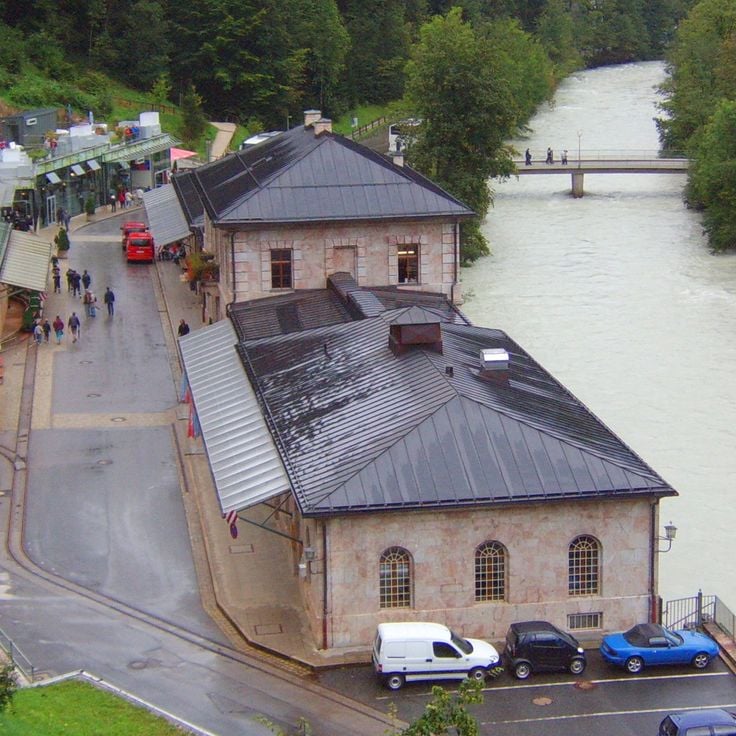
Berchtesgaden, Germany
A 500-year-old mine with underground salt lakes and wooden slides. Visitors enter the mountain by mining train.
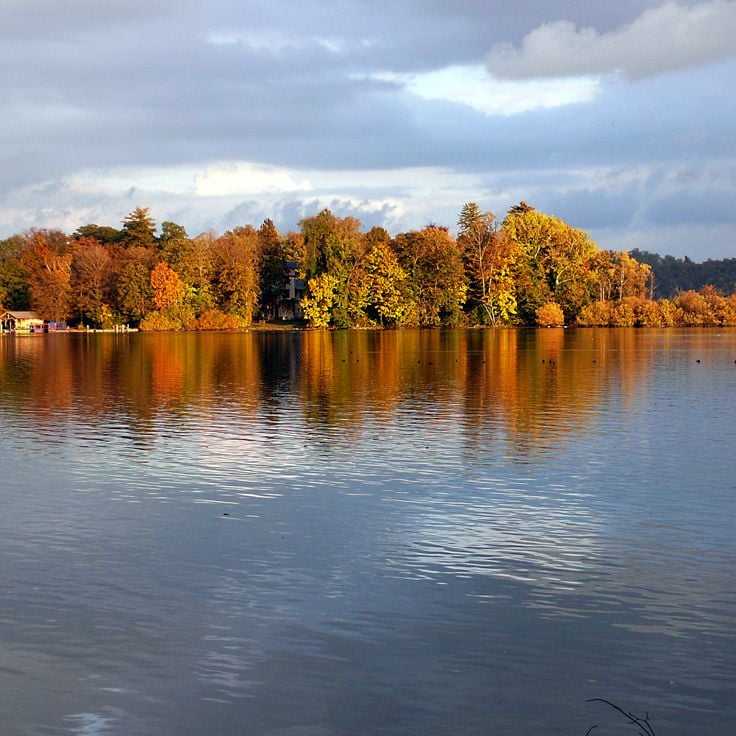
Bavaria, Germany
This 13-hectare island in Lake Starnberg features a historic rose garden and a 19th-century royal casino building.
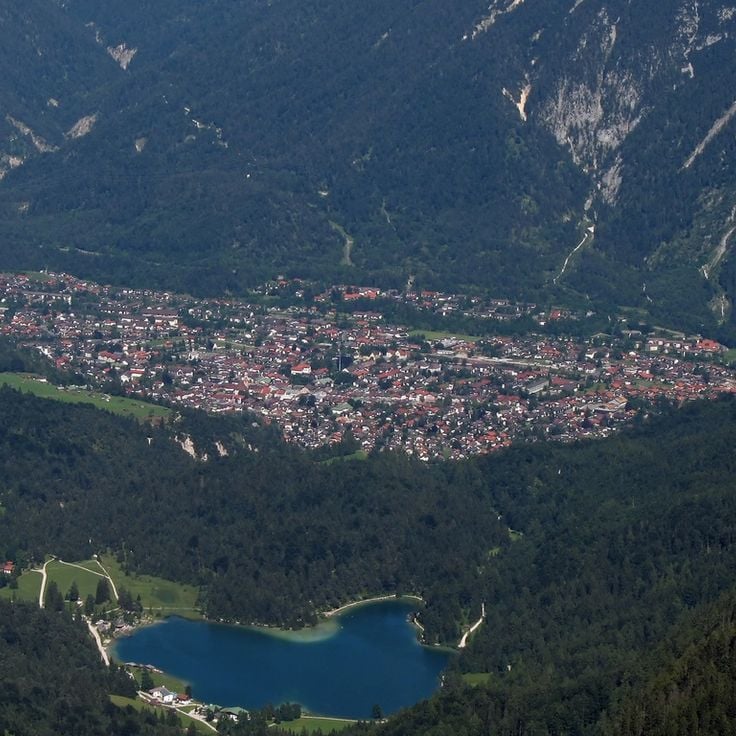
Bavaria, Germany
This town in the Bavarian Alps has been a center for violin making since the 17th century with a museum dedicated to musical instrument crafting.
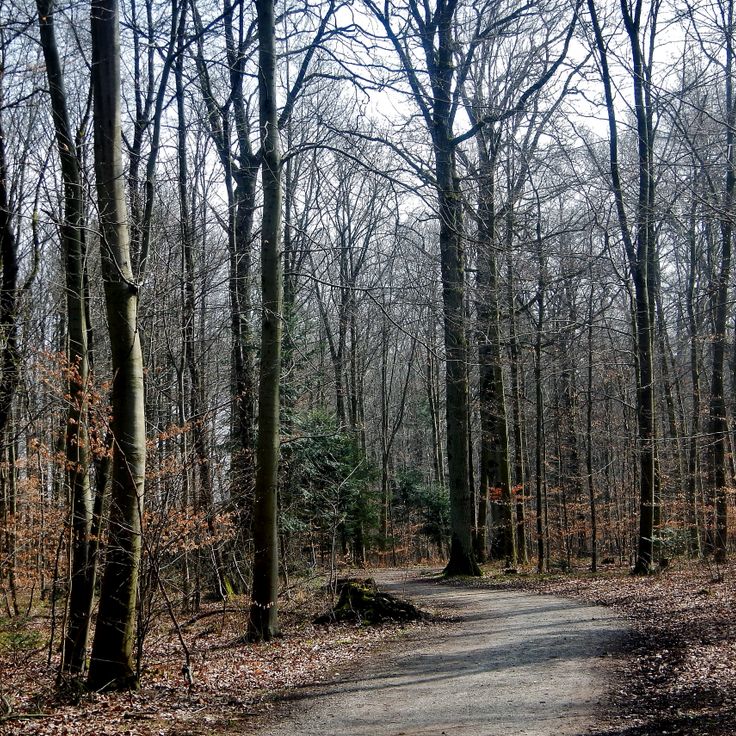
Bavaria, Germany
The 520-kilometer hiking trail crosses forests, vineyards and medieval villages from Rennsteig to the Swabian Alps.
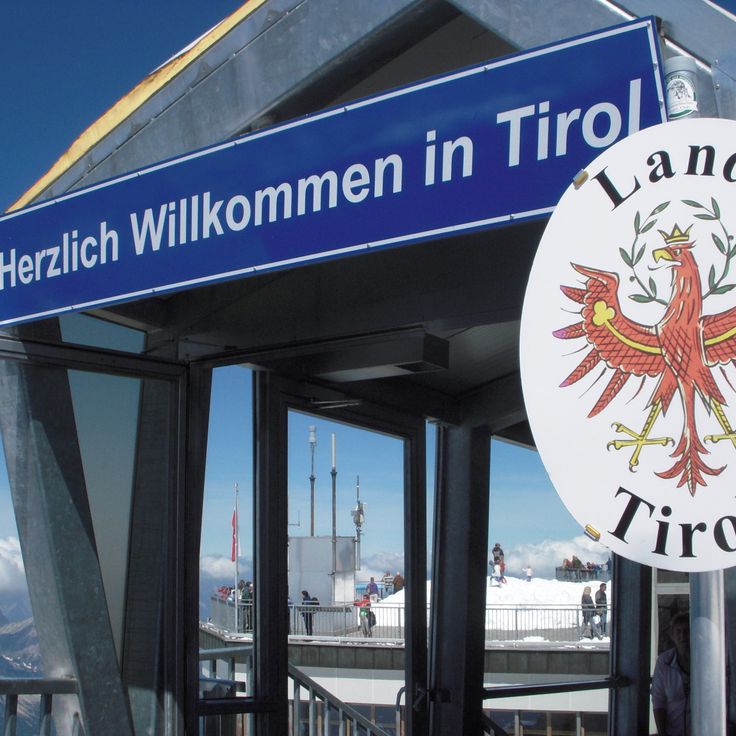
Bavaria, Germany
The 2962-meter mountain features three viewing platforms and a research station at the summit of the Wetterstein range.

Freising, Germany
This 12th-century Romanesque basilica features significant artworks and provides a view over the city.
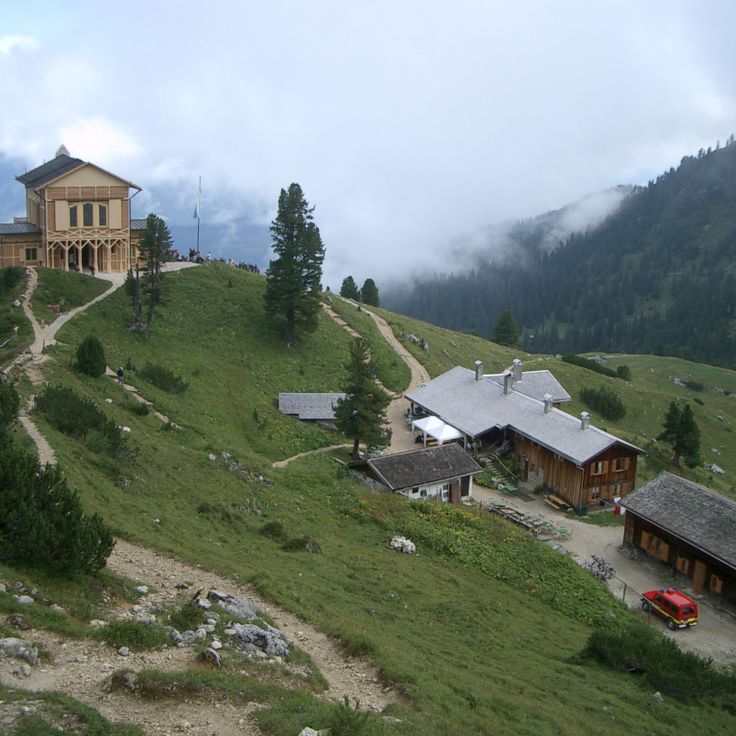
Garmisch-Partenkirchen, Germany
The mountain house at 1866 meters features a Turkish Hall and an Alpine garden containing 1000 plant species.
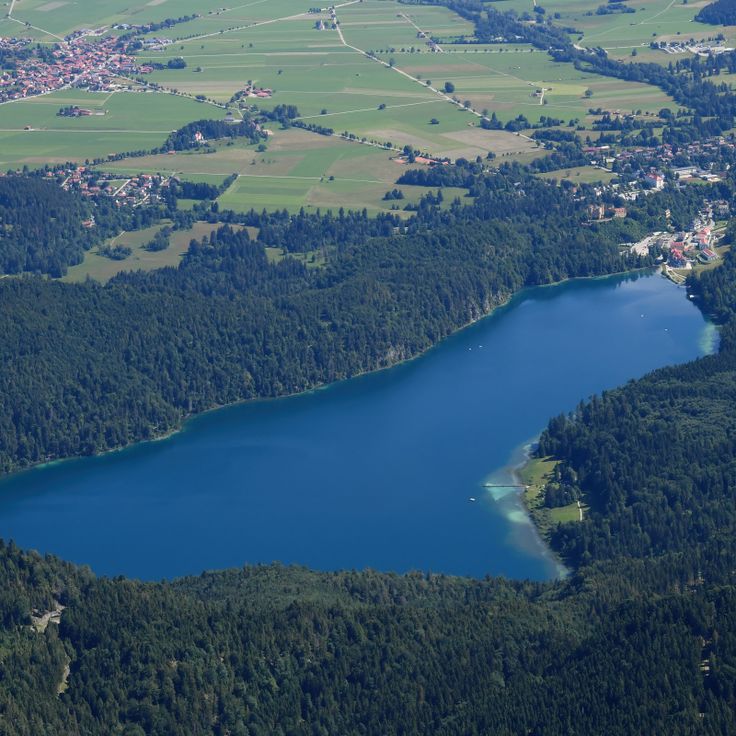
Schwangau, Germany
The lake sits at 800 meters altitude between mountains. A 5-kilometer hiking trail circles the water.
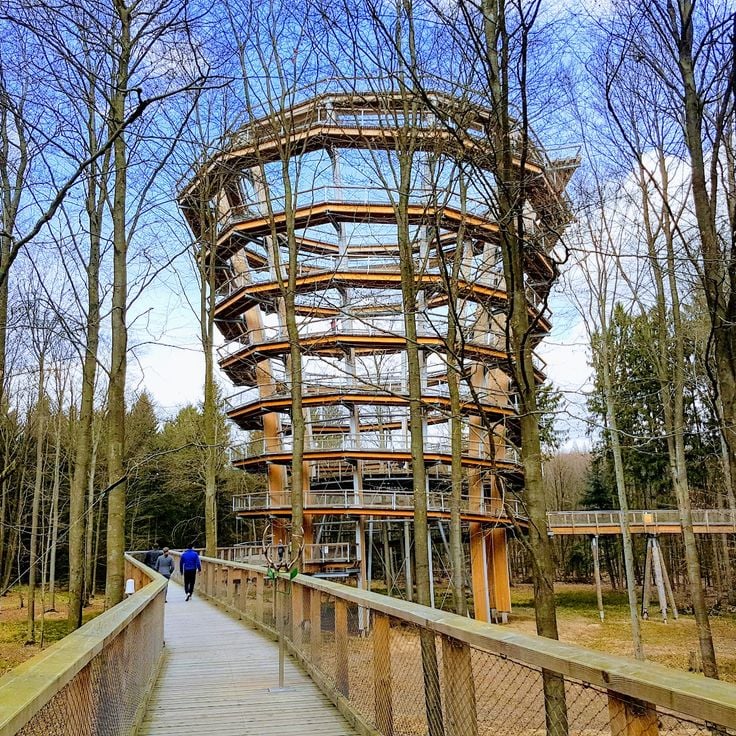
Ebrach, Germany
The 1150-meter wooden walkway leads through tree crowns to an observation platform at 42 meters height.
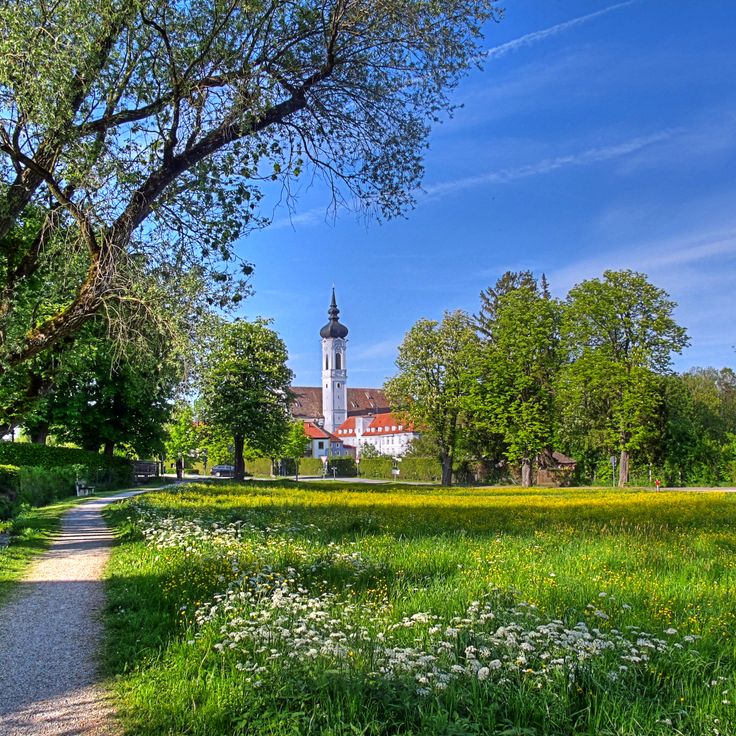
Upper Bavaria, Germany
Located between the rivers Lech and Ammer, this cultural district contains Bavarian Rococo churches, monasteries and farmhouses amid rolling hills.

Upper Bavaria, Germany
This mountain lake supports water sports in summer months and becomes an ice rink in winter, near a former monastery and beer gardens.
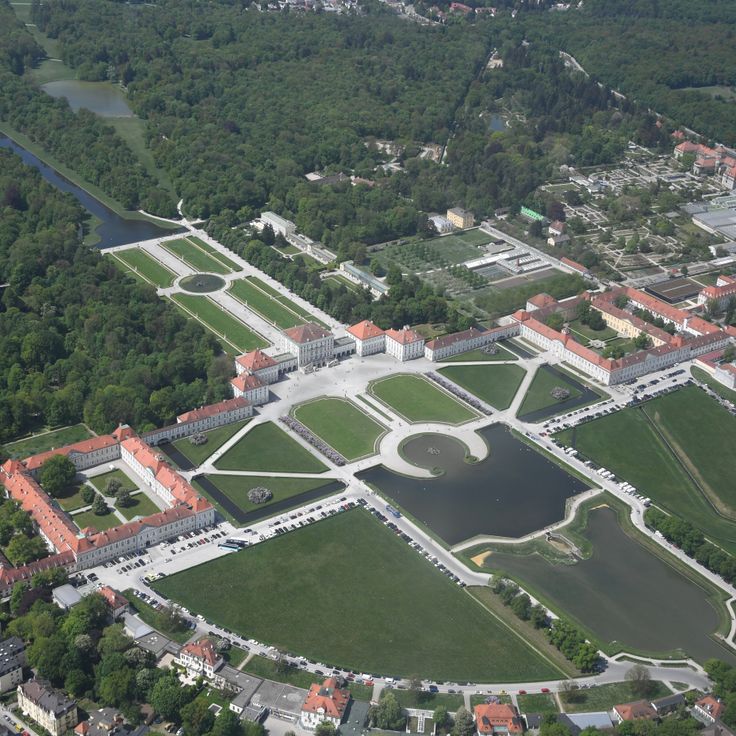
Munich, Germany
Built in the 1600s, this residence contains rooms with original furniture, a porcelain collection and symmetrical gardens with water features.

Erding, Germany
This water facility spans 185,000 square meters with 35 slides, mineral pools at different temperatures and multiple sauna rooms.
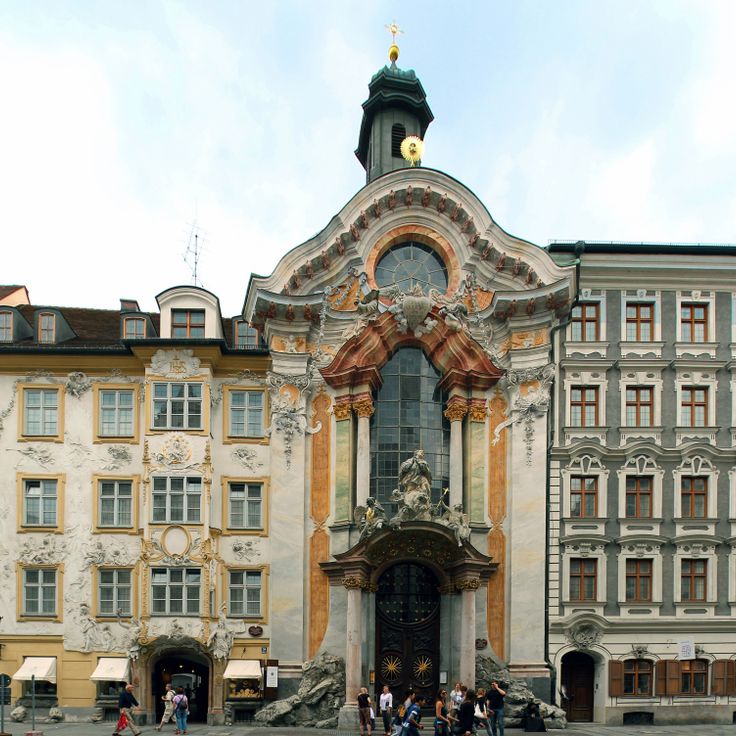
Munich, Germany
A private church in Baroque style with ceiling and wall frescoes, gold ornaments and complete interior decorations from 1746.
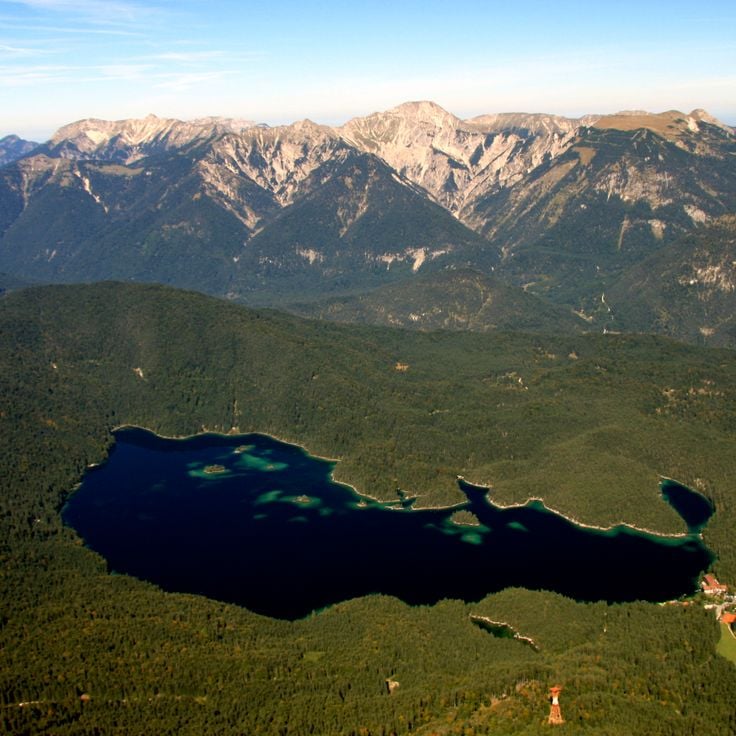
Grainau, Germany
A mountain lake in the Bavarian Alps with eight islands and water depth up to 32 meters at an elevation of 973 meters.
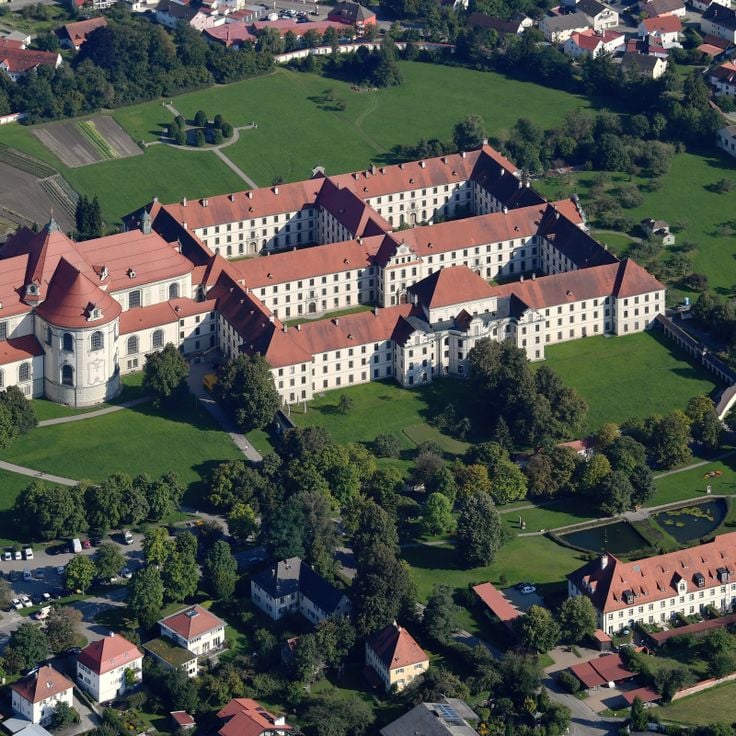
Ottobeuren, Germany
A Benedictine monastery founded in 764 with a three-nave basilica, historical musical instruments and a collection of religious artworks.
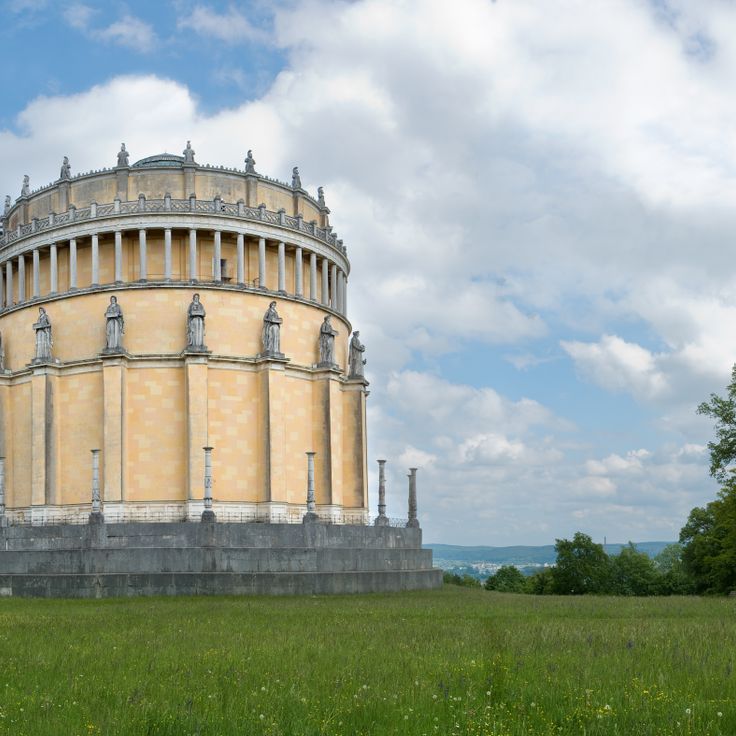
Kelheim, Germany
A circular monument from 1863 with a diameter of 45 meters. Inside stand 34 marble statues of victory goddesses.
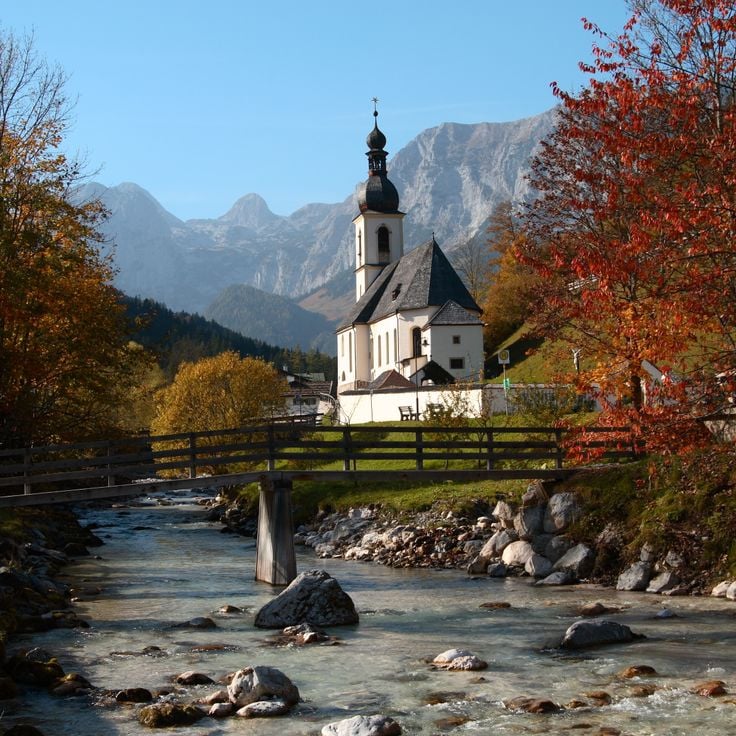
Ramsau, Germany
The traditional Bavarian settlement sits between Hintersee Lake and the Berchtesgaden Alps, featuring a historic church from the 12th century.

Franconia, Germany
Natural area with limestone cliffs, caves and medieval castles. The region offers climbing routes and marked hiking paths through valleys.
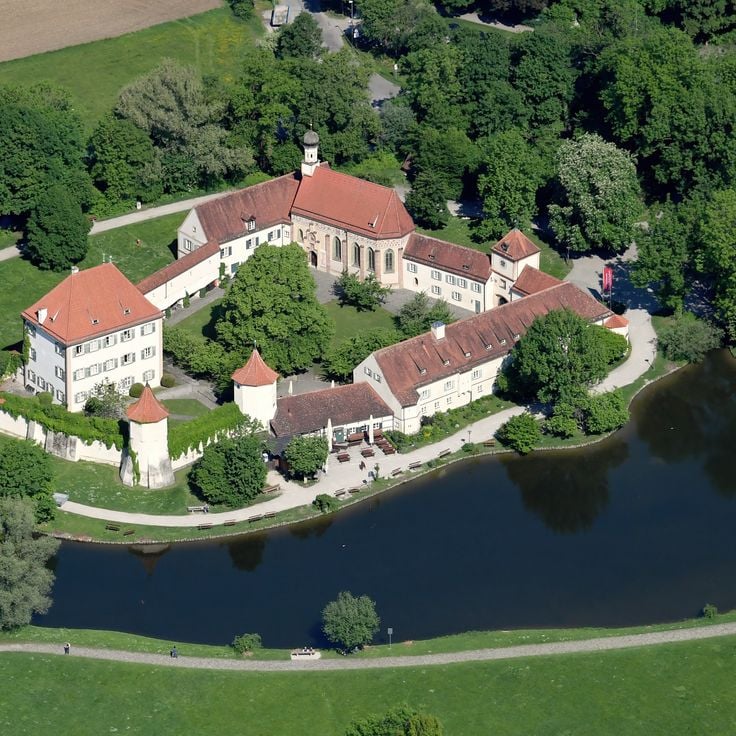
Munich, Germany
The 15th-century complex houses a youth literature library, a water moat and Gothic wall paintings in the chapel.
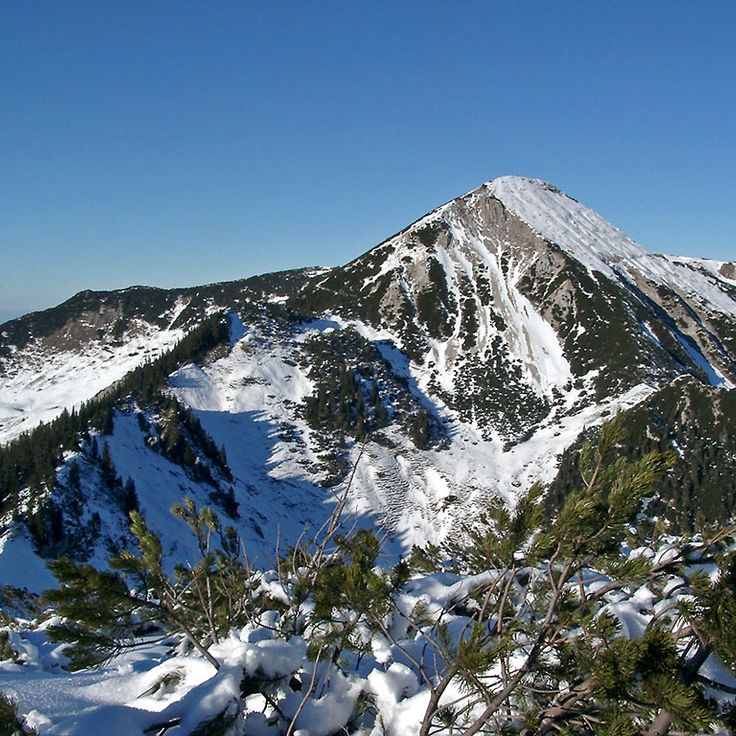
Chiemgau, Germany
The mountain chain extends over 60 kilometers with peaks reaching 2000 meters in height and offers marked trails for hikers.
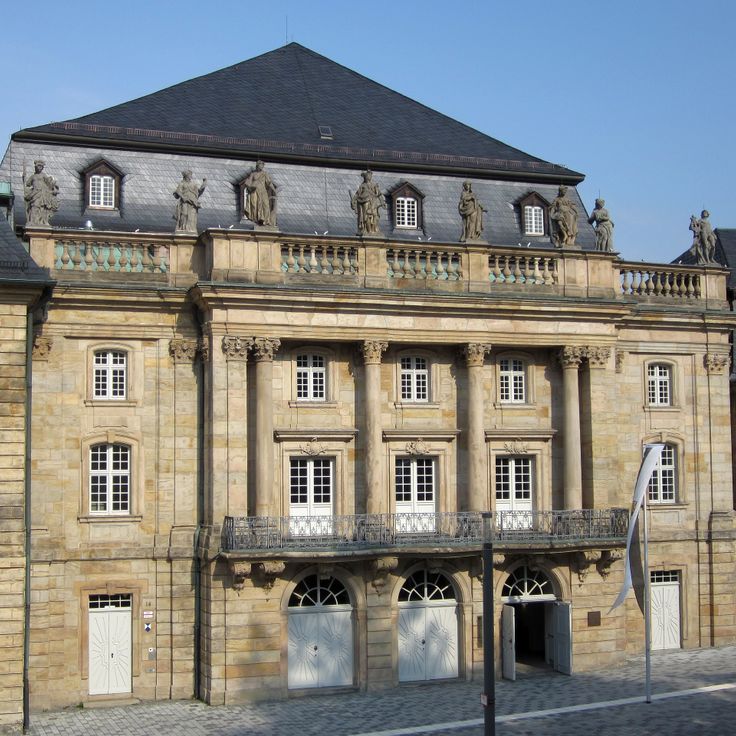
Bayreuth, Germany
This baroque theater from 1748 maintains its original stage architecture and hand-painted canvas decorations, recognized by UNESCO.
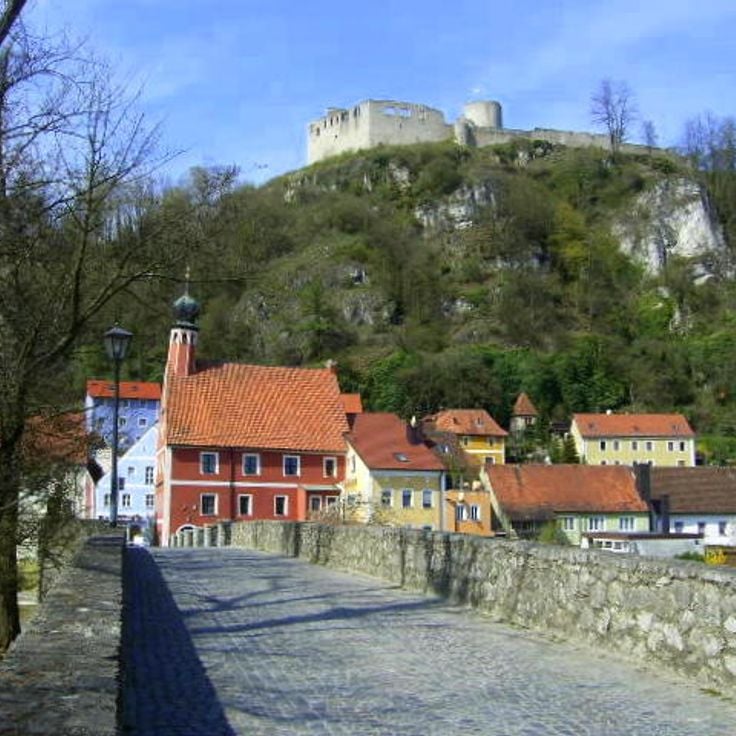
Kallmünz, Germany
Medieval town at the intersection of Naab and Vils rivers with timber houses and a 10th-century castle complex.

Schönau am Königssee, Germany
Catholic church with red onion dome from the 17th century, accessible only by boat across Lake Königssee.

Oberschleißheim, Germany
Museum in a historic airfield displaying aircraft, helicopters and flying machines from different periods of aviation history.
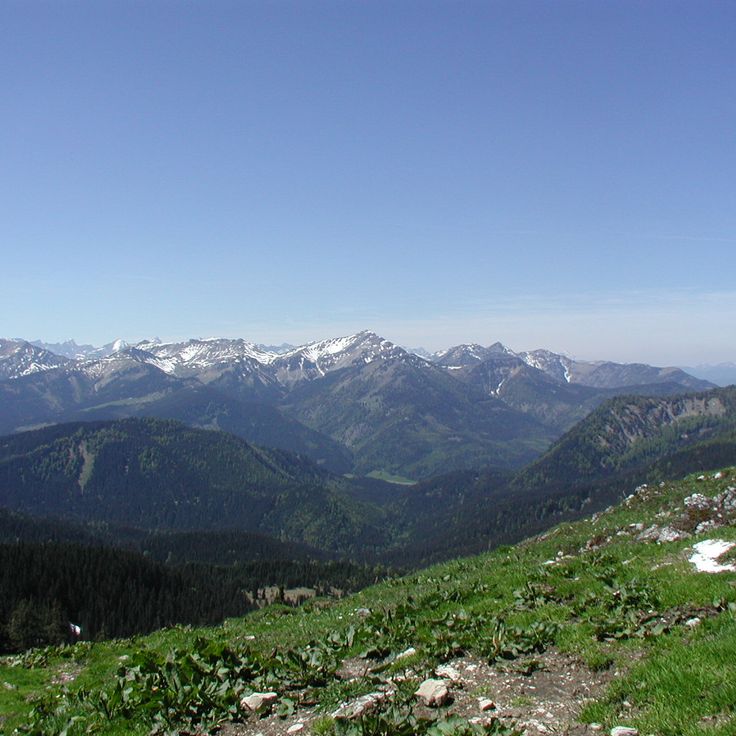
Bavaria, Germany
The limestone mountain chain stretches across 40 kilometers in length. The highest point measures 2749 meters in elevation.